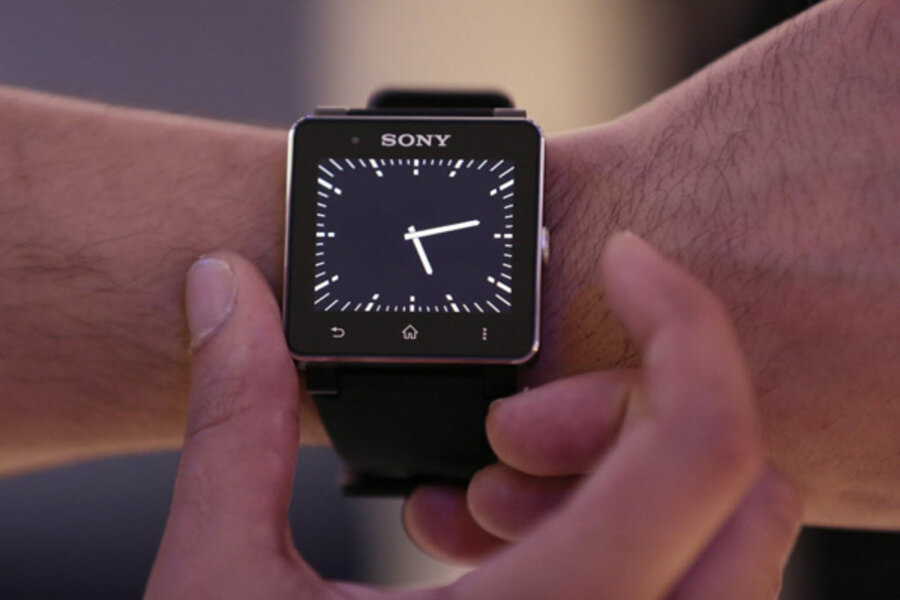Though it has few rivals, Sony is currently the world’s leading seller of smart watches. The SmartWatch 2, revealed in June, is its most recent offering in hopes of staying ahead of the game.
The device is meant to act as a second screen for a smart phone, offering alerts for text messages, e-mail, phone calls, and social media, plus it can be used as a viewfinder to take photos via the connected smart phone. Unfortunately for iPhone users, it is only compatible with Android. Fortunately for Android users, software developers have been working to create around 400 SmartWatch-compatible apps with more to come. Reviewers have praised it for a sleek, square design and interchangeable wristbands that give it a more versatile style. The quick-touch screen and responsive controls have also been improved from previous designs, but it has been criticized for not offering anything new to the smart watch game.
Price: $263
Colors: Black, Yellow, Purple, Teal, Pink







